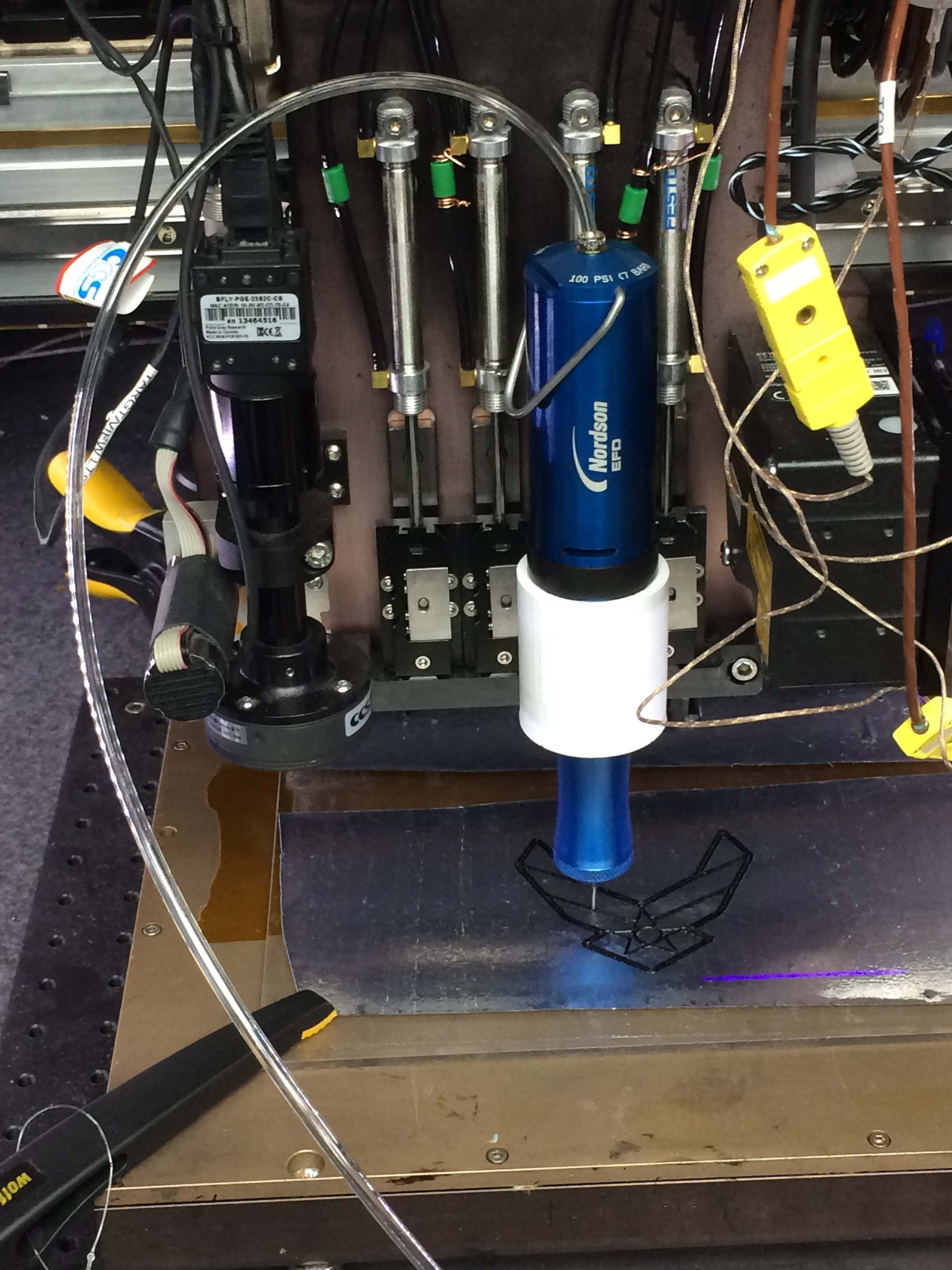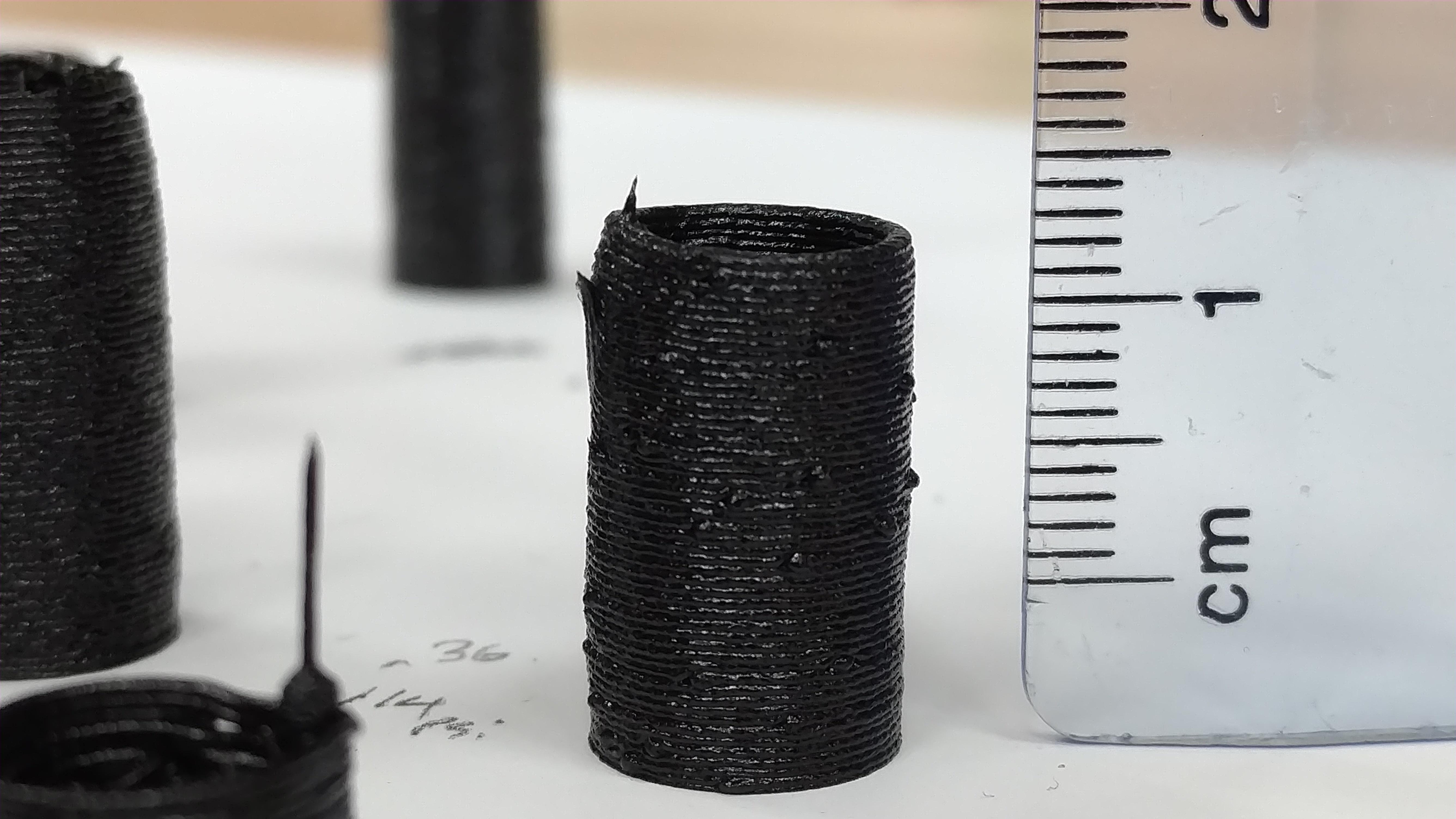The U.S Air Force Research Laboratory (AFRL) has collaborated with researchers from the University of Arkansas, the University of Miami, Louisiana Tech University and the University of Texas at El Paso to develop 3D printable epoxy/carbon fiber composites.
Such materials are set to be used in the production of 3D printed structural parts on air and spacecrafts. Dr. Jeff Baur, leader of the Composite Performance Research Team at AFRL, explained:
“The potential to quickly print high strength composite parts and fixtures for the warfighter could be a tremendous asset both in the field and for accelerating weapon system development.”
3D printable military materials
During the AFRL’s annual collaborative meeting, students and professors worked with the Composites Branch to accelerate additive manufacturing operations within the U.S. Air Force.
Standard epoxy/carbon fiber composites are made by layering sheets of carbon fiber which has been impregnated with epoxy resin. This is then processed in a pressure cooker for many hours. The team identified that the sheets used to make such materials cause difficulties when creating complex parts.
Nonetheless, such structures are used on aircraft skins with the same core geometries throughout the entire area. According to the team, additively manufacturing sheet structures would enable structures that can withstand heavier forces while remaining lightweight.
To make such materials, the team developed a custom direct ink printing 3D printer to process epoxy with chopped fiber. A pressure pump has been integrated within this machine to feed the resin through the nozzle.

Logistical additive manufacturing
The AFRL team deduced that 3D printed composite parts produced using this machine eliminates the need for an expensive pressure cooker as well as lengthy heating cycles. This allows for the production of 3D printed spare parts on site or on aircraft carriers.
This process also enables the easy insertion of other materials such as metal fittings and electrical components which can “ease assembly and create multifunctional structures with embedded sensing, actuation, computation, or electrical power for next-generation multifunctional unmanned aerial vehicles,” explained the AFRL team.
Furthermore, as a result of this method, allies from India have formed joint projects to use the composite 3D printing process. The results of the team’s effort to develop 3D printed composites will be published in an upcoming issue of the Journal of Experimental Mechanics dedicated to the Mechanics of Additively Manufactured Materials.

For more of the latest 3D printing academic research, subscribe to the 3D Printing Industry Newsletter, follow us on Twitter and like us on Facebook.
Also, visit 3D Printing Jobs for new opportunities in your area.
Featured image shows a C-5 Galaxy taking off from the Travis Air Force Base, California. Image via U.S. Air Force/Tech. Sgt. Justin D. Pyle

